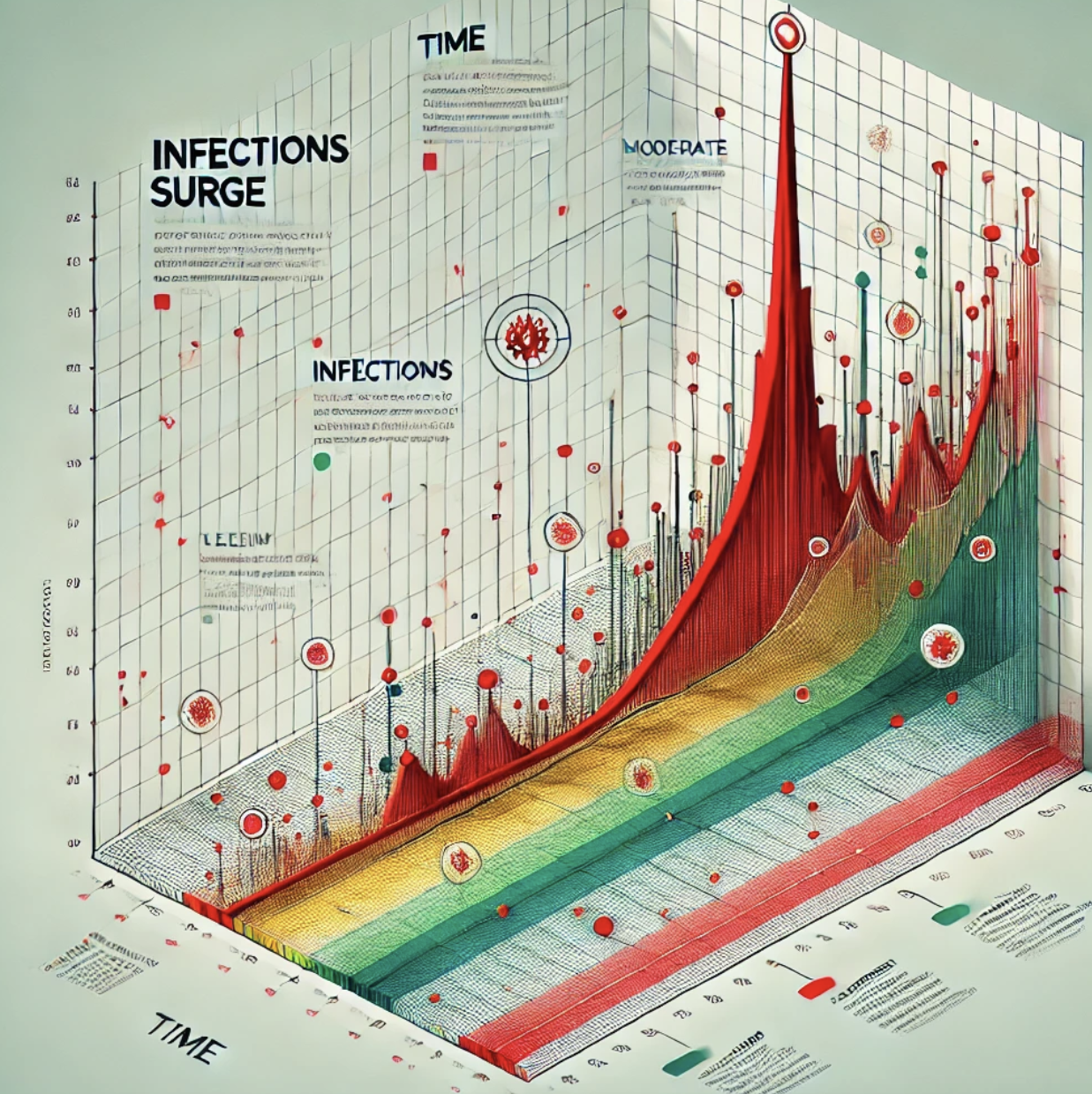
Image by fubar
This week, in anticipation of further trade frictions with the US, China announced restrictions on exports of gallium, germanium, antimony, and other rare earth materials to the US. These are essential in high tech items. Further, they are essential to many hardware items used in the US military.1
In addition to raw materials, the US’s shrinking manufacturing base has profound implications for the US national defense. In past wars, the US was a powerful ally due to our massive industrial capacity to build vehicles, planes, ships, and many other military items. The steady erosion of US based manufacturing and increasing trend to outsource factory production to cheaper 3rd party nations surely puts the US in a precarious position if and when another large-scale conflict erupts.
During World War II, the US showcased its industrial might. During that conflict, the US produced enormous quantities of equipment and vehicles:
Year Ships Tanks Planes
1941 1,906 4,052 19,433
1942 11,342 24,997 47,836
1943 24,621 29,497 85,898
1944 40,265 17,565 96,318
1945 16,045 11,968 46,0802
US industrial decline has been striking in the past few years. For example, Chrysler is down to making only 2 vehicle models and both are minivans. Worse, both aren’t even made in the US. They are made in Canada. Their parent company is contemplating shutting down the company. 3 This is a far cry from the Chrysler of WW2 fame that made a staggering 25,000 tanks. Currently, the only active tank plant in the US in Lima, Ohio makes approximately 11 tanks per month. Ship building is even worse. For every large ship the US builds (military or civilian), the Chinese make 359.4
Admittedly, the US is not currently in a large-scale war so it is unrealistic to expect continuous mass production of war machines. However, the civilian industrial capacity must be in place to enable a wartime transition to the production of such essential items to replace the losses that would be expected in a large war with China or other adversary.
The decline in US industrial capacity and raw materials has been taking place for decades. Bringing industrial jobs and capacity back to America was a central part of President-Elect Trump’s campaign and a key reason for his proposed tariffs.
It is said that in military circles, amateurs talk about tactics and professionals talk about logistics. Where has the US military leadership been during this slowly emerging crisis? In 2021, the US Department of Defense published an analysis of how declining US industrial capacity weakens the national defense.5 The situation has only gotten worse. US military leaders don’t control US federal defense bills and also don’t control US factories. They do, however, have soft power with advocacy for a more robust US industrial complex and stockpiles of the “right” materials so that the US can ramp up production of military specific vehicles and hardware in the event of a large general war. In this, they appear to have been silent on the matter, devoting attention instead to subjects that weaken, not strengthen US defense such as the COVID mandate, meaningless uniform changes, and DEI. Are they amateurs or professionals?
China gave the US a huge wakeup call that it needs to revitalize its industrial base and stockpile of essential raw materials. Will the US and its military heed the warning? As adversaries such as China work to close the gap in numbers and technology, this is a national imperative.
- https://www.msn.com/en-us/technology/tech-companies/china-bans-exports-to-us-of-gallium-germanium-antimony-in-response-to-chip-sanctions/ar-AA1vbcvF?ocid=BingNewsSerp
- https://ww2data.com/us-production-wwii-ships-planes-and-tanks/
- https://www.thedrive.com/news/chrysler-could-face-the-axe-as-soon-as-two-years-from-now
- https://www.msn.com/en-us/news/world/dwarfed-by-china-in-shipbuilding-us-looks-to-build-its-defense-base-to-fend-off-war/ar-AA1vm0m9?ocid=BingNewsSerp
- https://www.forbes.com/sites/lorenthompson/2021/01/13/pentagon-report-paints-grim-picture-of-americas-industrial-decline/
























